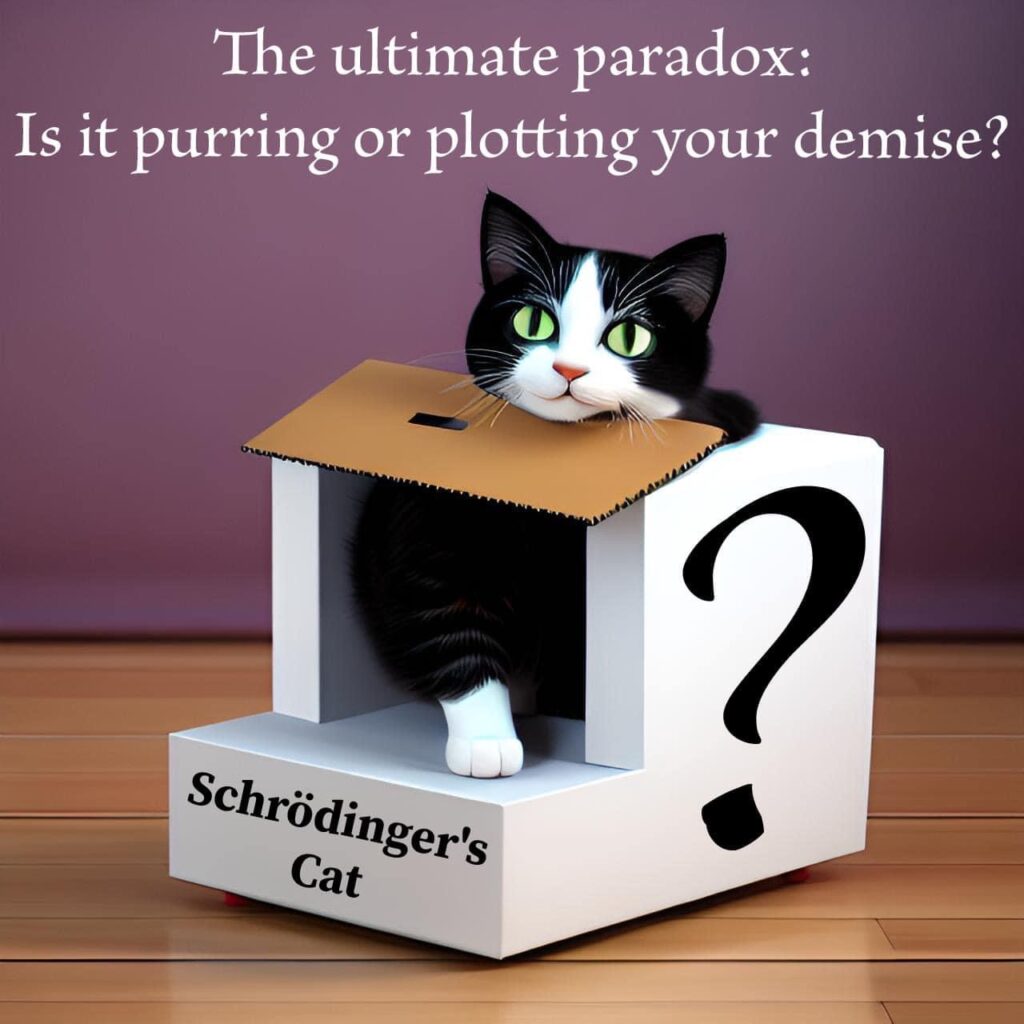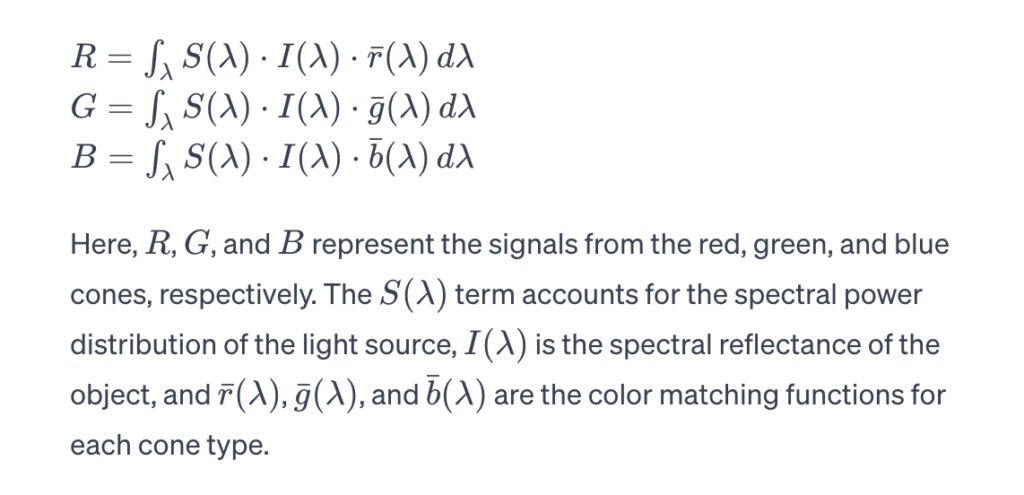

The ultimate paradox

We use cookies to help you navigate efficiently and perform certain functions. You will find detailed information about all cookies under each consent category below.
The cookies that are categorized as "Necessary" are stored on your browser as they are essential for enabling the basic functionalities of the site. ...
Necessary cookies are required to enable the basic features of this site, such as providing secure log-in or adjusting your consent preferences. These cookies do not store any personally identifiable data.
Functional cookies help perform certain functionalities like sharing the content of the website on social media platforms, collecting feedback, and other third-party features.
Analytical cookies are used to understand how visitors interact with the website. These cookies help provide information on metrics such as the number of visitors, bounce rate, traffic source, etc.
Performance cookies are used to understand and analyze the key performance indexes of the website which helps in delivering a better user experience for the visitors.
Advertisement cookies are used to provide visitors with customized advertisements based on the pages you visited previously and to analyze the effectiveness of the ad campaigns.




Pink, a color that embodies sweetness, tenderness, and charm, has long fascinated artists, scientists, and enthusiasts alike. Behind its captivating allure lies a complex interplay of physics, where the manipulation of light waves and the blending of colors create the spectrum of pinks we perceive. In this comprehensive exploration, we delve into the physics of pink, unraveling the equations that govern its existence and understanding the principles that make it a visual delight.
1. Understanding the Spectrum: The Electromagnetic Waves Equation

This fundamental equation helps us comprehend the nature of light, with different colors corresponding to different wavelengths. Pink, being a result of color blending, lacks a distinct wavelength and is formed through the fusion of specific wavelengths of light.
2. Additive Color Mixing: The RGB Model Equation
In the realm of color mixing, the RGB model is crucial. When it comes to creating pink, the equation involves adding the intensities of red and blue light:
Pink=Red+BluePink=Red+Blue
Here, the additive nature of color mixing is evident, where different intensities of primary colors combine to produce the desired hue. In the case of pink, the absence of green is a defining factor.
3. Subtractive Color Mixing: Pigments Equation
While additive color mixing applies to light, subtractive color mixing is relevant when dealing with pigments. The equation that governs the subtraction of colors in pigment-based mixing is:
Pink=Red Pigment+Blue Pigment−Green PigmentPink=Red Pigment+Blue Pigment−Green Pigment
This equation illustrates how pigments absorb certain wavelengths, subtracting specific colors and contributing to the creation of pink. The absence of green is once again a key player.
4. Color Perception in the Human Eye: The Color Vision Equation
The physics of pink extends into the realm of human perception. The color vision equation involves the tristimulus theory, where the stimulation of three types of cone cells in the retina is represented as:

Conclusion:
In this thorough exploration of the physics of pink, we have delved into the equations that underpin its creation, ranging from the fundamental nature of light to the complexities of color mixing and human perception. Governed by the laws of physics, pink, often perceived as a simple yet delightful color, reveals a rich interplay of principles that intricately shape our visual experiences. This investigation deepens our appreciation for the beauty inherent in the fusion of physics laws and the artistic manifestation of pink.